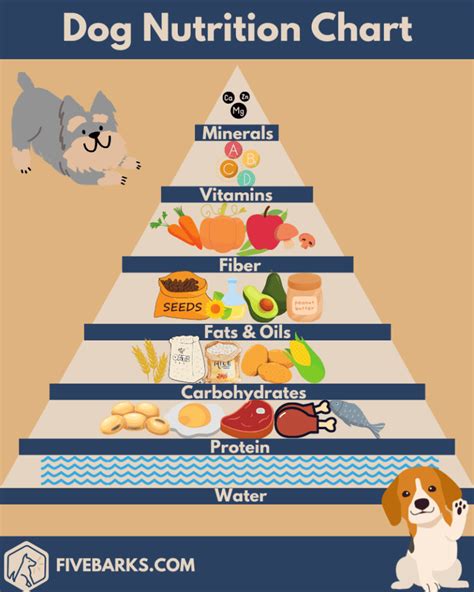Introduction

Proper nutrition is crucial for maintaining the health and well-being of our beloved pets. As pet owners, we often face a deluge of information and recommendations regarding what to feed them. This article aims to provide a comprehensive guide to pet nutrition and diet advice, exploring both traditional and novel approaches to help you make informed decisions about your pet’s dietary needs.
Understanding Pet Nutrition
1. Macronutrients
- Carbohydrates: Provide energy and support digestion.
- Proteins: Build and repair tissues, produce enzymes and hormones.
- Fats: Provide energy, support cell function, and absorb vitamins.
2. Micronutrients
- Vitamins: Essential for metabolism, growth, and immune function.
- Minerals: Support bone health, muscle function, and enzyme processes.
3. Water
- Vital for hydration, digestion, and nutrient absorption.
Traditional Pet Diets
For decades, traditional pet diets have been primarily based on:
1. Dry Food (Kibble)
- Convenient and shelf-stable.
- Contains a balanced mix of macronutrients and micronutrients.
- Some are formulated for specific breeds or health conditions.
2. Wet Food (Canned)
- Higher moisture content than dry food.
- Often more palatable and appealing to pets.
- May contain more protein and fewer carbohydrates than dry food.
Novel Pet Diets
In recent years, novel pet diets have emerged as alternatives to traditional options. These diets emphasize:
1. Raw Food
- Consists of uncooked meat, bones, organs, and vegetables.
- Believed to provide higher levels of nutrients and be more species-appropriate.
- Requires careful handling and storage to prevent bacterial contamination.
2. Homemade Food
- Prepared at home using fresh, whole ingredients.
- Allows for customization to meet individual pet’s needs.
- Requires knowledge in pet nutrition and careful monitoring of nutrients.
3. Freeze-Dried Food
- Made from raw ingredients that are frozen and then freeze-dried.
- Preserves nutrients better than dry food.
- Convenient and requires no refrigeration.
Pros and Cons of Different Diets
| Diet | Pros | Cons |
|—|—|—|
| Dry Food | Convenient, shelf-stable, balanced nutrients | Low moisture, can be processed |
| Wet Food | High moisture, palatable | Expensive, low fiber |
| Raw Food | Nutrient-rich, species-appropriate | Risk of bacterial contamination, difficult to balance |
| Homemade Food | Customizable, fresh ingredients | Requires nutrition knowledge, time-consuming |
| Freeze-Dried Food** | Convenient, high nutrient content | Expensive, may not be as palatable as fresh food |
How to Choose the Best Diet for Your Pet
The best diet for your pet depends on its individual needs and preferences. Consider the following factors:
- Age
- Breed
- Health status
- Activity level
- Budget
Feeding Guidelines
1. Frequency
- Puppies and kittens: Feed frequently (every few hours)
- Adult dogs: Feed twice a day
- Adult cats: Feed free-choice or twice a day
2. Amount
- Follow manufacturer’s guidelines or consult with a veterinarian.
- Adjust based on pet’s weight, activity level, and appetite.
3. Monitoring
- Observe pet’s eating habits and behavior.
- Adjust feeding schedule or diet as needed.
- Regular veterinary check-ups to ensure optimal nutrition.
Future Trends in Pet Nutrition
The future of pet nutrition is expected to focus on:
- Personalized Nutrition: Diets tailored to individual pets based on their unique needs.
- Functional Foods: Foods that provide specific health benefits beyond basic nutrition.
- Sustainability: Using sustainable ingredients and reducing environmental impact.
Case Study: Improving Pet Health with Dietary Changes
A study published in the Journal of the American Veterinary Medical Association found that dogs with allergies and skin issues experienced significant improvements when switched to a hypoallergenic diet.
Conclusion
Pet nutrition is a vital aspect of their overall health and well-being. By understanding the different types of diets available and carefully considering your pet’s individual needs, you can make informed choices that will support their optimal growth and development. Embrace both traditional and novel approaches to nutrition to ensure a healthy and happy companion for years to come.





















